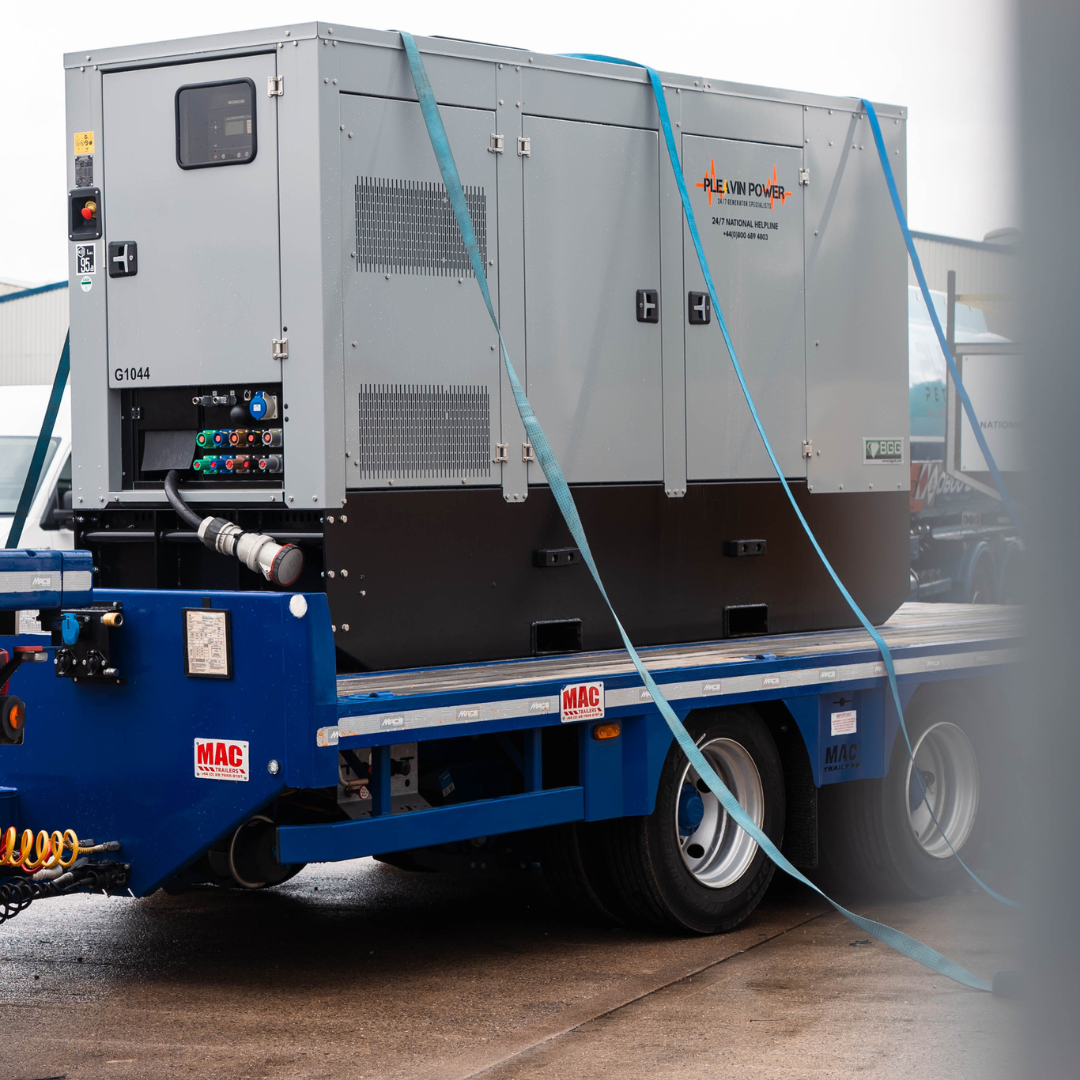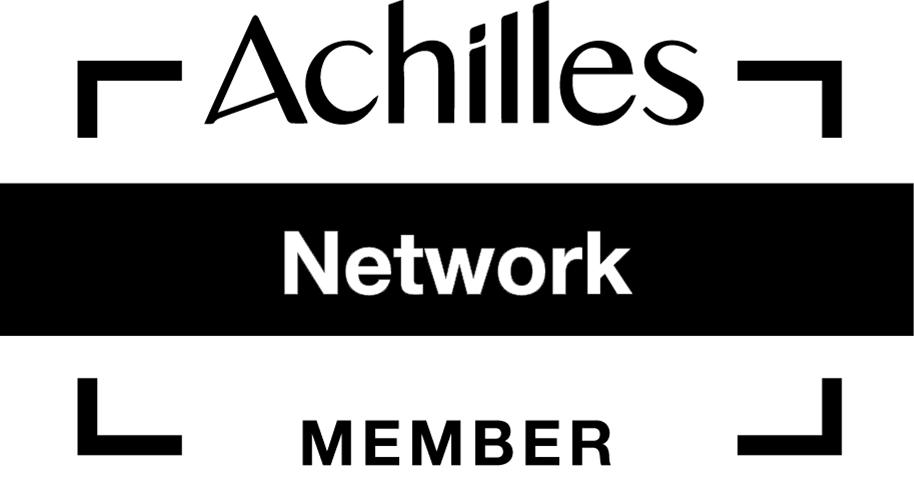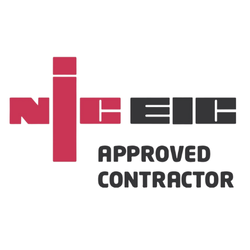Reliable electricity is the backbone of modern businesses, but not all power is created equal. Fluctuations, distortions, and inefficiencies in the electrical supply can cause serious issues from unexpected downtime to long-term equipment damage.
That’s where power quality monitoring comes in. By tracking and analysing key electrical parameters, businesses can ensure their power supply remains stable, efficient and free from disruptive disturbances.
What Is Power Quality Monitoring?
In simple terms, it’s the process of tracking and assessing the quality of electricity in real-time. This involves checking key parameters like voltage levels, frequency and harmonics to ensure they remain within safe operating limits.
For most industries, power quality is a crucial element to keep things running smoothly. When the electrical supply fluctuates or behaves erratically, it can cause significant disruptions.
This is known as poor power quality, and can lead to a host of issues from equipment malfunction to reduced efficiency across the board. Monitoring power quality ensures that any deviations from the norm are quickly spotted and addressed, preventing costly downtime and long-term damage to sensitive equipment.
Common Power Issues and Their Impact
While power is an essential resource, the reality is that it isn’t always as stable as we might hope. Various power-related issues can crop up and each of which can have serious consequences on your operations.
These issues can range from simple voltage dips to more complex disturbances like harmonic distortion. Let’s take a look at some of the most common problems that affect power quality and how they can impact your business.
Voltage Fluctuations and Their Consequences
One of the most common issues when it comes to power quality is voltage fluctuation. These fluctuations can occur when the voltage level rises or falls outside the acceptable range. While it might not always be noticeable in day-to-day activities these fluctuations can wreak havoc on sensitive equipment over time.
For example, low voltage can cause machinery to operate inefficiently while high voltage can damage components leading to costly repairs or replacements. In both cases, the result is an interruption to your operations and potential losses in productivity. In more severe cases you may even see damage to your equipment from prolonged voltage fluctuations.
Harmonics and Electrical Noise
Harmonics and electrical noise are another major source of power quality problems. Harmonics occur when there’s a distortion in the electrical waveform caused by non-linear loads, such as computers, fluorescent lighting or variable speed drives. These distortions can create a ripple effect in the electrical system leading to overheating and even failure of equipment.
Electrical noise, on the other hand, is a form of interference that can disrupt the normal functioning of electrical systems. This type of disturbance can be caused by various factors, from nearby equipment to faulty wiring. Just like harmonics, electrical noise can reduce the efficiency of your devices and even cause them to fail long before expected.
Power Factor and Efficiency Losses
Power factor is a critical aspect of power quality that directly impacts energy efficiency. It measures how effectively electrical power is being used, with a low power factor indicating that a lot of the power being supplied is wasted.
This in turn can result in both lower efficiency of electrical use, and higher energy costs than required for operational needs. It can be caused by many different factors, such as inefficient equipment or even overloaded circuits.
How Power Quality Monitoring Works
Power quality monitoring works by continuously tracking the performance of your electrical system. It involves measuring various parameters like voltage, frequency, current, and harmonics to ensure that the power supply is stable and within safe operating limits. These measurements are then analysed to detect any odd spikes or dips that could indicate a problem.
To monitor power quality effectively, it’s typical to use a power quality diagnostic tool that tracks the key metrics in real time, but many also opt to carry out periodic surveys as needed. Either way, these meters can be installed at different points in the electrical network to provide a solid view of power quality across the system. Some can even be accessed remotely depending on the infrastructure available.
In addition to detecting disturbances like voltage dips or harmonics, power quality meters can also measure things like power factor and total harmonic distortion (THD), giving businesses a complete picture of their energy usage.
With advanced power quality analysis tools, businesses can gain deeper insights into their power supply and identify patterns or recurring issues, with remote monitoring services even alerting staff when power quality falls below acceptable levels, letting them take quick action to fix it.
How This Helps Organisations
Let’s face it: Every organisation has moving parts they can’t afford to let stop. For some, this can be the difference between production being on time to missing major deadlines, or result in a potential unrecoverable loss of customer data, and all else in between. The last thing anyone wants to do is have the benefits of hindsight be first-hand for these situations.
That’s why, by keeping track of power quality, businesses can avoid costly disruptions and improve overall efficiency.
Here’s some other ways this helps across the board:
- Prevents equipment damage – Monitoring allows you to spot power disturbances like voltage fluctuations and harmonics early, preventing long-term damage to sensitive equipment.
- Reduces downtime – Identifying potential issues before they become major problems means less downtime, which translates to higher productivity and fewer interruptions.
- Extends equipment lifespan – By addressing power quality issues before they cause harm, businesses can ensure their equipment lasts longer and performs optimally.
- Improves energy efficiency – Monitoring allows you to identify inefficiencies in the system, reducing energy waste and helping lower electricity costs.
- Contributes to sustainability – Reducing energy consumption and optimising power usage is a step toward more sustainable operations that helps both the environment and your bottom line.
- Enhances cost savings – Fewer repairs, less downtime and more efficient energy usage lead to long-term financial savings.
With these advantages, power quality monitoring isn’t just a protective measure – it’s a way to optimise operations, cut costs, and ensure your business stays ahead of any potential power issues.
Choosing the Right Monitoring System
When it comes to power quality monitoring, choosing the right system for your needs is essential. Not all monitoring solutions are created equal, so it’s important to assess the specific requirements of your business before making a decision. Keep these key elements in mind as you weigh up the options:
- Assess the scale of your operation: Consider the size and complexity of your system. Smaller businesses may need a basic power quality meter, while larger organisations may require advanced systems with multiple sensors and detailed analysis tools.
- Evaluate ease of use – Look for systems that offer user-friendly interfaces and automated alerts. The best systems make it easy to identify issues and take action without needing to be an expert in power quality.
- Check for scalability – Choose a system that can grow with your business. A scalable solution will allow you to expand your monitoring capabilities as your infrastructure develops.
- Consider long-term value – Think about the return on investment. The right monitoring system will not only meet your current needs but also offer long-term cost savings through energy efficiency and reduced equipment damage.
- Ensure integration with existing systems – Make sure the power quality monitoring system can easily integrate with your current infrastructure and other monitoring solutions for a seamless experience.
Power quality monitoring is an essential tool for ensuring that your electrical systems remain reliable and efficient. With the right monitoring system in place, organisations can not only protect their equipment but also improve energy efficiency, reduce costs, and enhance overall performance.
By staying ahead of potential power issues, businesses can maximise productivity and optimise their operations which ultimately saves time and money in the long run. Investing in power quality monitoring is more than just a preventative measure – it’s a smart business strategy that can deliver lasting benefits.















